15 June 2024 - Physics light experiments
Forever I wanted to build a heliostat - a device with a mirror that follows the sun ☀️ and guides the light into 1 spot.
I even started a project 9 years ago https://github.com/saramic/eternal-sunspots to build one and have it controlled by simple javascript program that can be written by kids.
There is also one in Sydney I visited, but here is probably a more informative news report on it
Recenty one of my sons built a make shift pin hole camera where he was intruigued at the dimmer, and yet focused view of his LED light. He was asking for some tracing paper to act as a sort of display. This got me thinking about a bunch of other related experiments like diffraction gratings, making spectroscopes fromm DVDs (acting as the diffraction grating) and visual acuity, experiments around when a display is a “retina display”.
so taking to the web I found a bunch of resources and tools we could get to explore further.
Spectroscope
A bunch of simple videos out there for kids to build one using an old DVD/CD
-
How to build your own: CD Spectroscope - Science Snacks activity - Exploratorium Teacher Institute
- and the article behind it https://www.exploratorium.edu/snacks/cd-spectroscope presumably it may have the template for the cutting out of the tube etc
- another similar design https://buggyandbuddy.com/homemade-spectroscope/
-
a different design removing the protective coating and just attaching it to a toilet roll tube as a see through option
Episode 5: CD Spectroscope - Mr. Barry’s Science
-
another take using a box
#GSCAtHome - Spectroscope - Glasgow Science Centre
-
and for more blog like instructions there is https://www.instructables.com/DIY-Spectroscope/
What most of these seem to miss is lining the inside with black paper (assuming that is an option, which it is in my case) or even painting it witll matt black paint, like say chalk board paint. Finally I was hoping that one of these would put a ruler in there or some guide so you could hope to “compare” what is viewed. It does feel most of these are driven at “just create a rainbow” for your kids as opposed to be able to see spectral lines in a sodium or mercury street lamp, or when buring a salt in a flame? I suppose it may be time to build and experiment.
Which reminds me the first time I saw this idea was in one of the O’Reilly books on forensics, Illustrated Guide to Home Forensic Science Experiments by Robert Bruce Thompson, Barbara Fritchman Thompson,
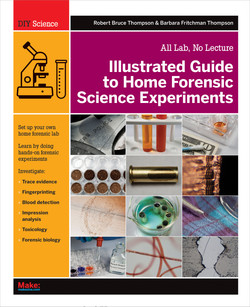
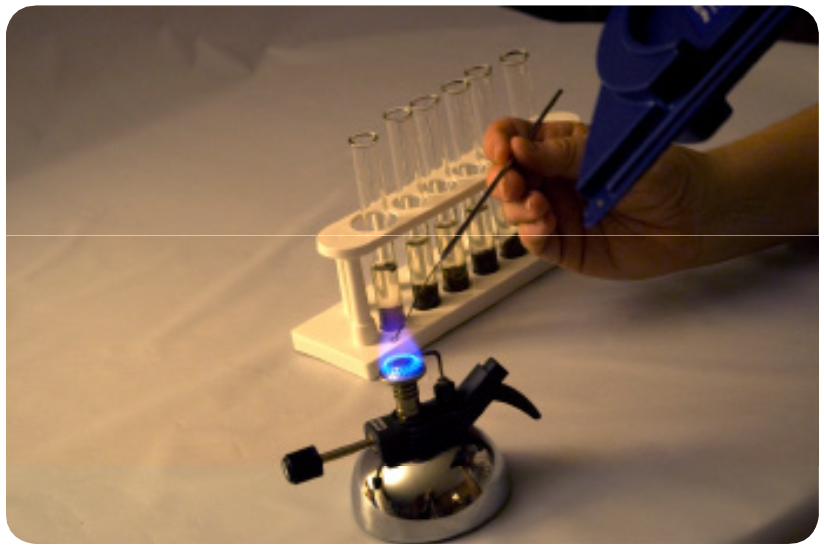
where it was used to identify materials that may be contained in soil samples by burning them, elements like: Aluminium, Barium, Iron, Mercury, Sodium and Strontium.
The device used there was
-
Project STAR Spectrometer (~$50)
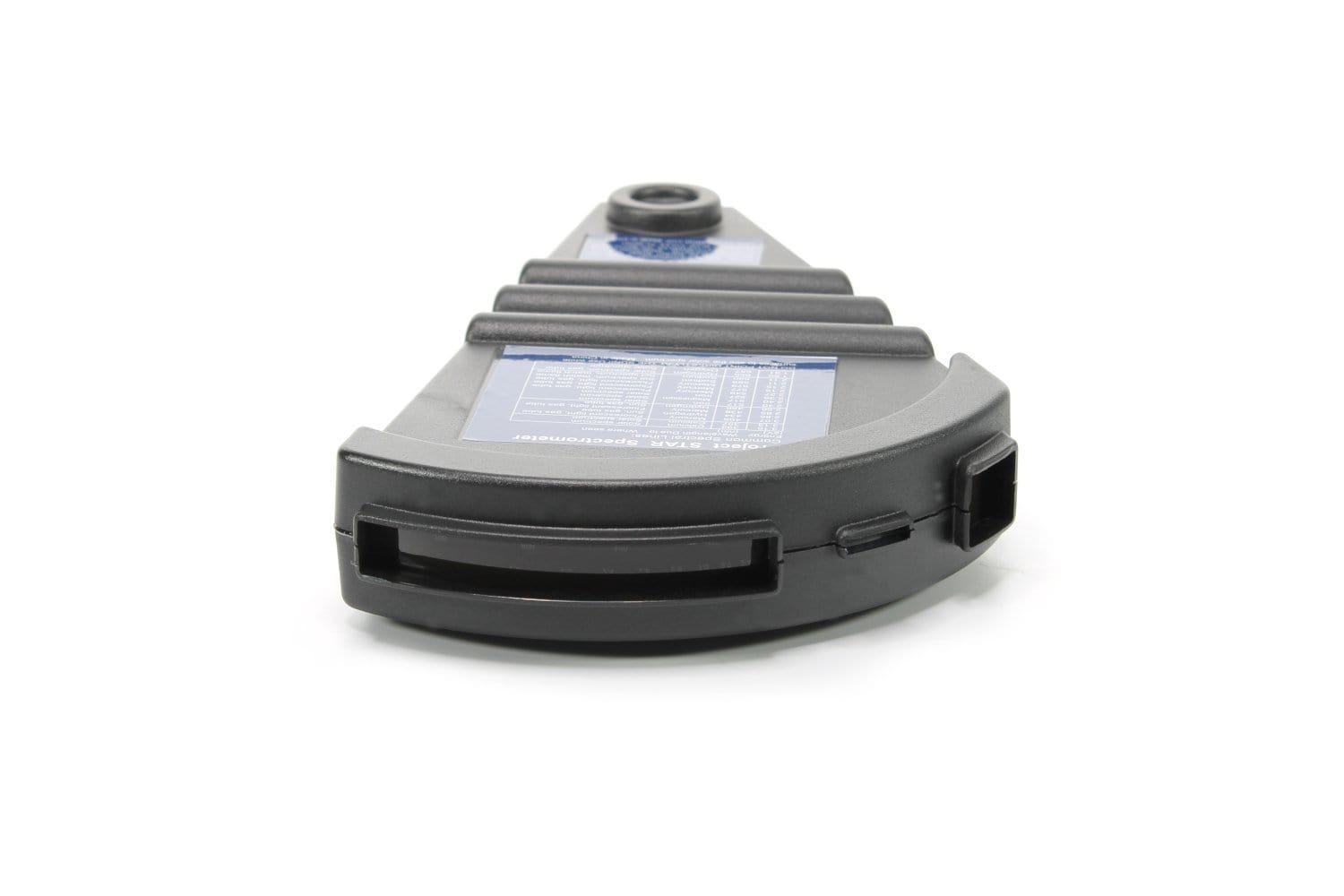
-
or one that comes up in a search ($90) https://soundstores.net/products/eisco-high-resolution-quantitative-spectroscope-400-700-nm-5nm
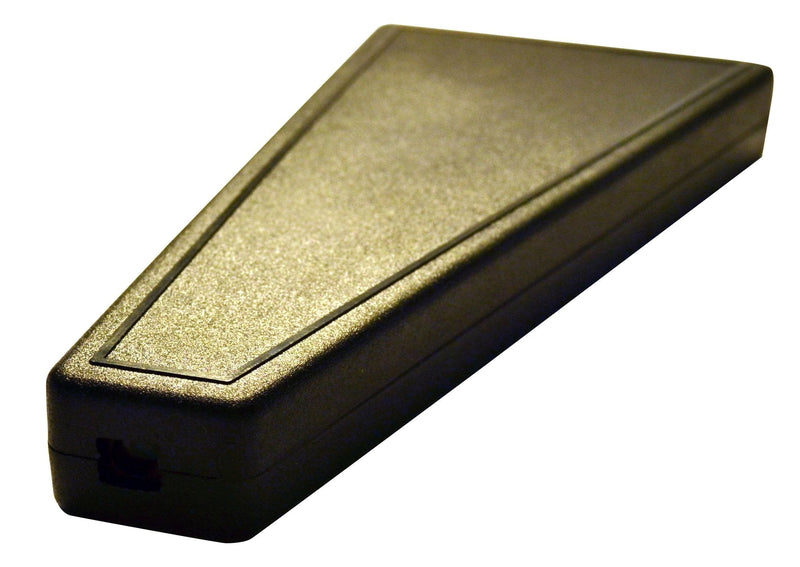
-
similar device is the IEC Spectoscope direct vision HL3791-001
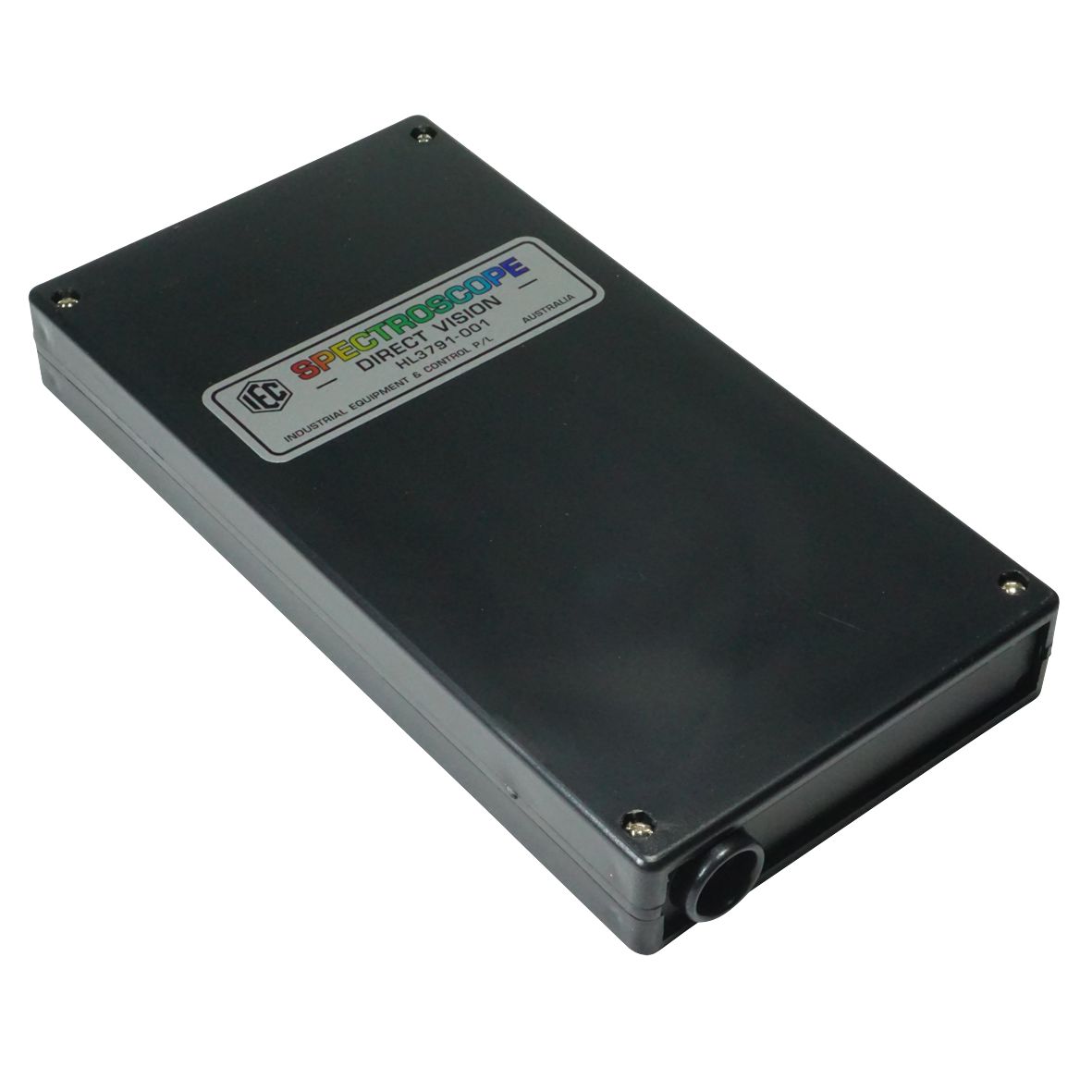
- also available here https://sciencewithmat.com.au/products/spectroscope
- the site has a “muon” detector
At any given moment, the Earth’s atmosphere is showered with high-energy cosmic rays that have been blasted from supernovae and other astrophysical phenomena far beyond the Solar System. When cosmic rays collide with the Earth’s atmosphere, they decay into muons — charged particles that are slightly heavier than an electron.
- and althought the one on the above site is worth ~$2k, there is a cheap DIY alternative for around ~$100 at [ http://cosmicwatch.lns.mit.edu/

- the site has a “muon” detector
- also available here https://sciencewithmat.com.au/products/spectroscope
Whilst on the topic of makezine this idea of “listening to light” also got dragged up with some simple circuits described to pass sound over light https://makezine.com/projects/amateur-scientist-listening-to-light/

- there is also a build on DIYode magazine
-
https://diyodemag.com/projects/kids_basics_lightophone
-
and this rather informative article on light and how to build an “accurate” spectroscope https://diyodemag.com/education/making_measure_light_spectroscope
- somewhat related is an ESP32 powered shutter system https://diyodemag.com/projects/automating_plantation_shutter_controller_psc_esp8266_esp32
- and a somewhat related Ultrasonic version Ultrasonic Microphone Part 2 Capers - DANIEL KOCH Issue 70, May 2023
-
-
and a series of videos also appears on YouTube
How to turn sound into light (then back into sound) - Part 2 of 7: Parts & materials - Exploratorium Teacher Institute
Pinhole cameras
-
https://spark.iop.org/pinhole-camera-and-lens-camera
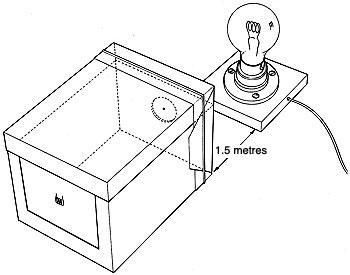
- https://pinholica.blogspot.com/
-
https://cires.colorado.edu/ceee/sites/default/files/2020-03/SDO_1C%20Pinhole%20Camera%20Activity.pdf
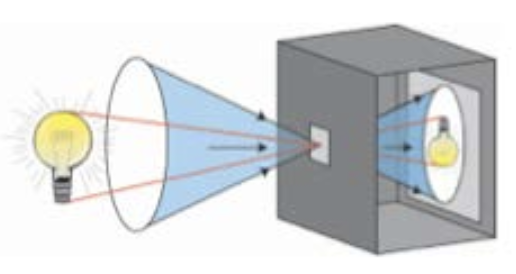
Diffraction grating experiments
https://www.physics.purdue.edu/irnanodev/docs/outreach/Diffraction%20grating%20experiments.pdf
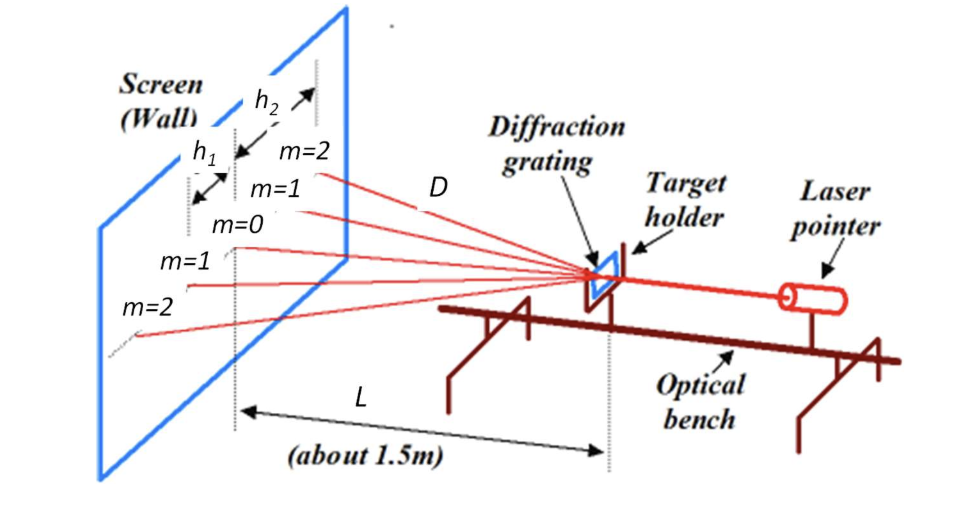
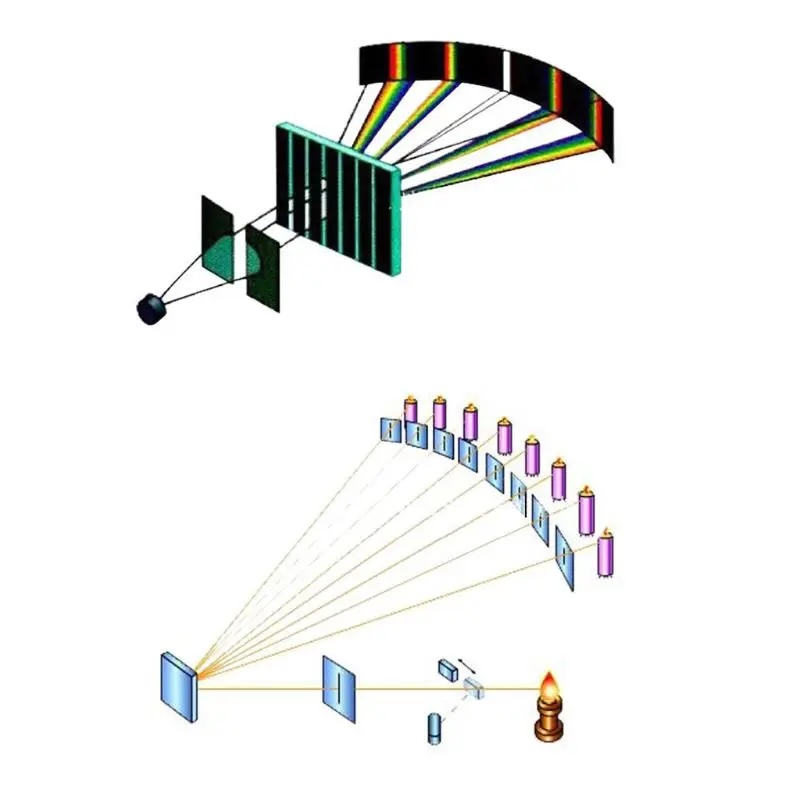
Some hardware
-
Damaged Optical Glass Triangular Right Angle Prism Optics Light Science Optical Experiment Tools
-
K9 Cubic Dichroic Prism Optical Glass Ornament for Teaching Experiment Photography Light Cube
-
Optical Glass Triple Triangular Prism with Stand Physics Light Spectrum Tool Optical Element
-
Handheld Pocket Diffraction Spectroscope for Quick Identification
-
Physical Optics Teaching Spectral Transmission Experiment Holographic Diffraction Grating PET
-
Adjustable Laser Holder/Clamp/Mount/Support Base for laser Module Pointer Lens Mirror
Or maybe at some stage a full on Optilcal experimenters kit like:
- Optical Experiment kit Triangular Prism Convex Lens Concave Mirror Dial Three Line Semiconductor Laser Light Source Physics
- Optical Experiment kit Triangular Prism Convex Lens Concave Mirror Dial Three Line Semiconductor Laser Light Source Physics
- A mirror, lens and prism set on stands like Physical Optics Experiment Lens Concave Mirror Concave Lens Prism Educational - deardolity
- parallel light source and prism packs
- Physical Science Optical Experiments KIT Triangular Prism Convex Lens Concave Mirror Fisica Student’s Optics Physics Experiment
- Laser Five Line Light Source Optical Experiment Box Parallel Light Source Physical Optics Convex Lens Concave
- 1 Set Optical Concave Convex Lens Prism Set Physical Optical Kit Laboratory Equipment 23cmx16cm
- probably worth getting a laser as well, although I do have a bunch of LED laser heads to build stuff with, a hand held unit would be good Green Laser Light Pointer High Power Powerful Laserpointer Red Adjustable Focus Lazer with Powerful 532nm laser Head
OR maybe that is the point, to end up with an “optical experimenters” setup
at some stage the idea would be to also be able to move a mirror or light in a controlled manner. It sounds like precision “piezo motor stages” like pi-usa.us are the way to go.
- More on heliostats as inspiration to build one
-
quick and dirty idea to get more sun into your house https://www.instructables.com/QuicknDirty-Heliostat-Get-some-sun-into-your-home/

-
on kickstarter Helios: A DIY Heliostat
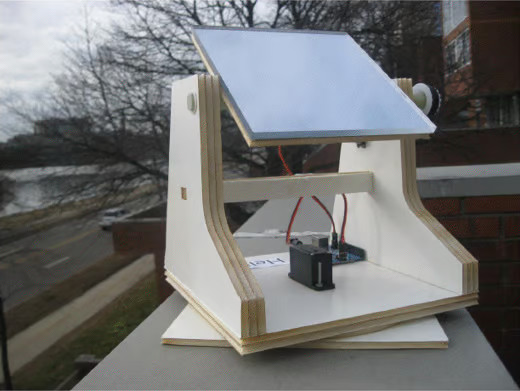
-
an interesting home build Build a heliostat for solar heating and lighting



- and via the internet archive, there was wikoda’s sunflower
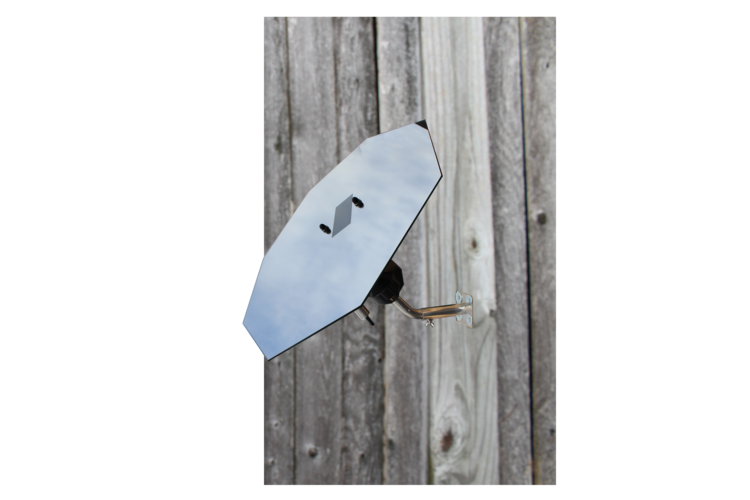
- and cerebralmeltdown.com’s open sun harvesting project with a bunch of DIY
sun harvesters, now only available via the way back machine
https://web.archive.org/web/20190207032934/http://www.cerebralmeltdown.com/open-sun-harvesting-project
-
including Sid’s Solar Panel Sun Tracking Machine
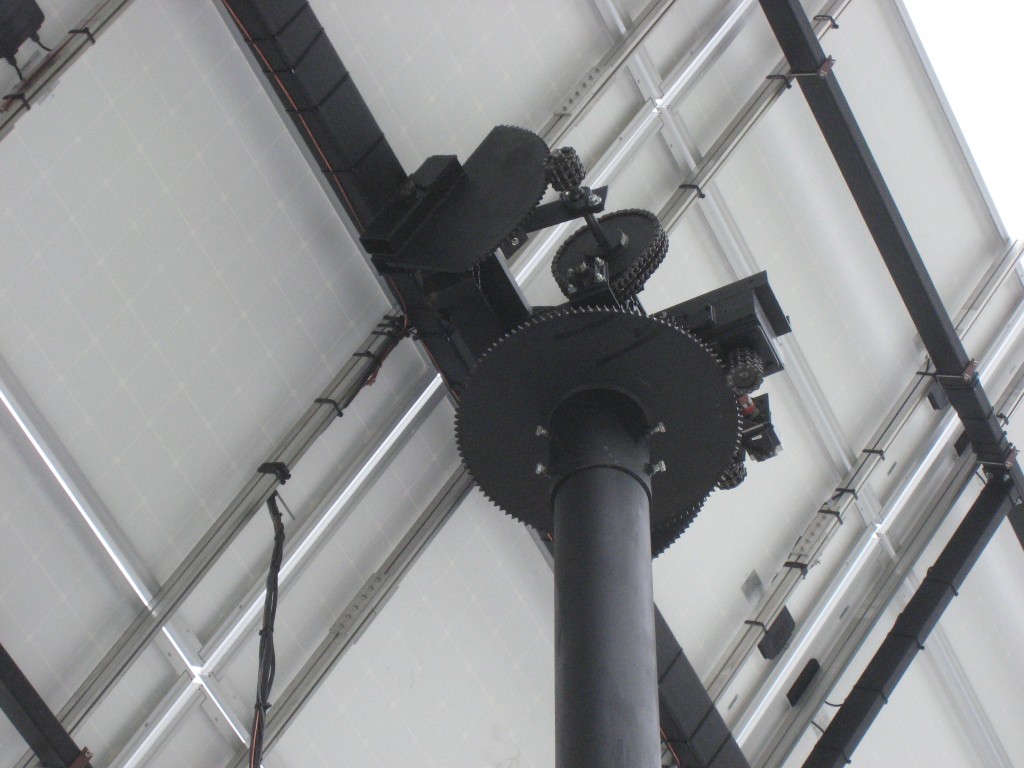
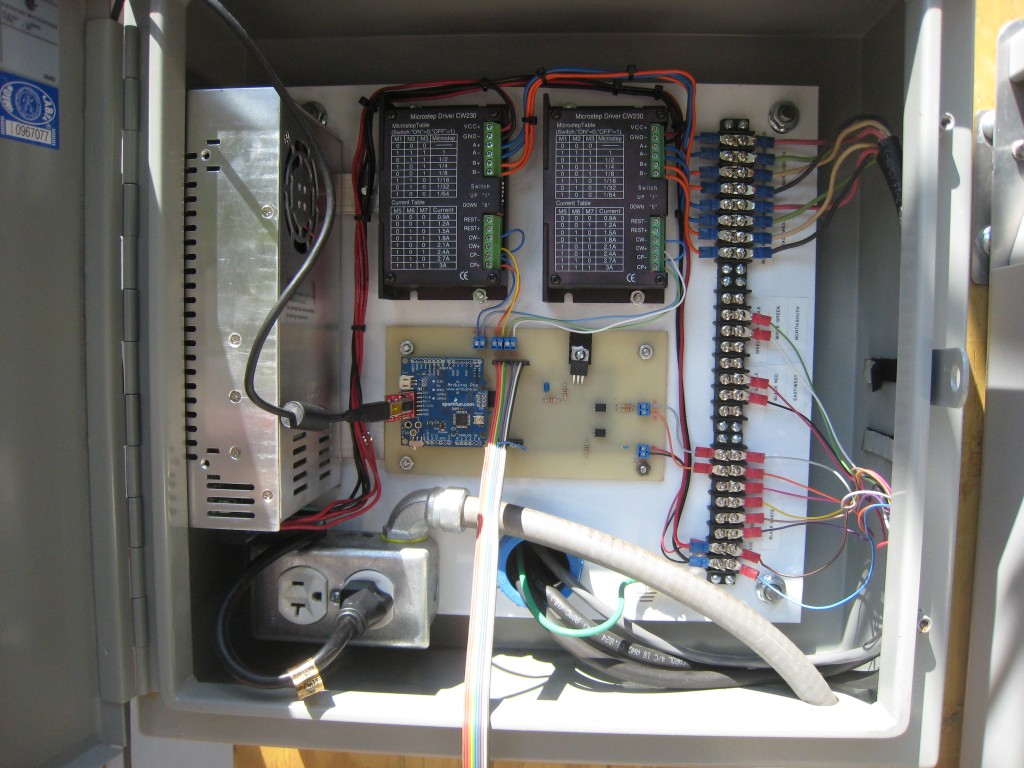
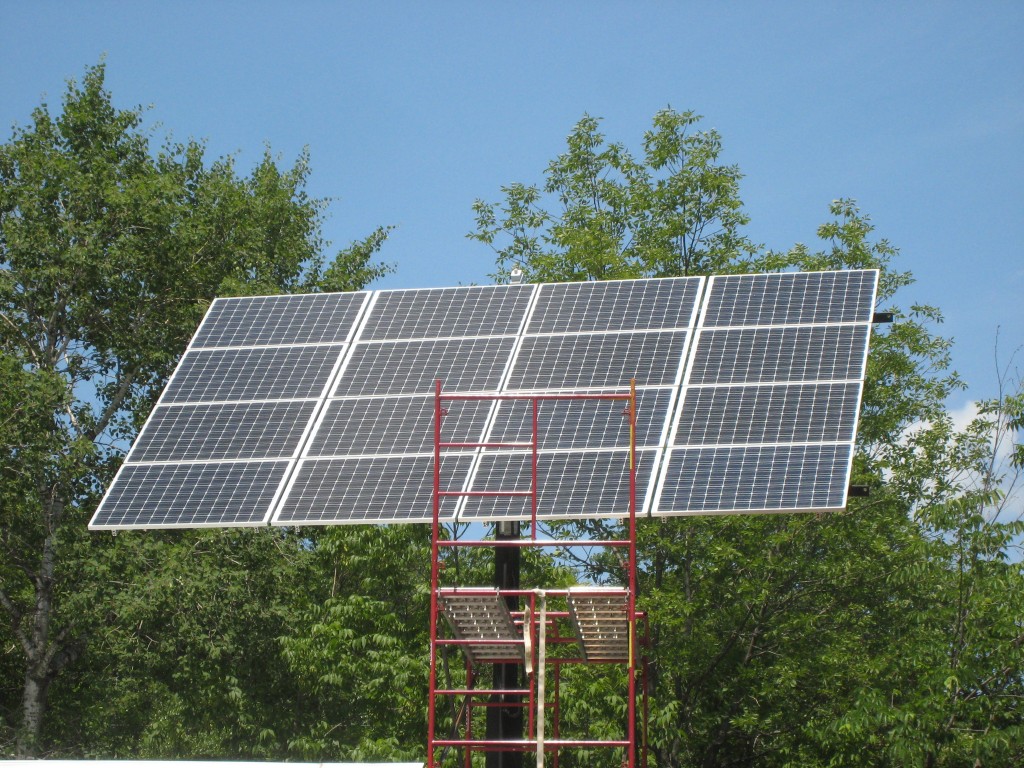
- the software download page https://web.archive.org/web/20181204221632/http://www.cerebralmeltdown.com/arduino-sun-tracking-heliostat-program-download-page/
- project documentation https://web.archive.org/web/20181204221627/http://www.cerebralmeltdown.com/arduino-sun-tracking-heliostat-program-documentation/
- and operation https://web.archive.org/web/20181204221831/http://www.cerebralmeltdown.com/using-the-arduino-sun-tracking-heliostat-program/
- sun harvester shiled setup https://web.archive.org/web/20190416181413/http://www.cerebralmeltdown.com/sun-harvester-shield-documentation
- and RTC (Real Time Clock) setup https://web.archive.org/web/20171109232002/http://www.cerebralmeltdown.com/setting-the-time-on-the-real-time-clock/
- TODO might be worth grabbing a copy to resurect that at some stage.
-
visual acuity
The angular resolution of the human eye typically ranges between 40 arcseconds and 1 arcminute. To perceive two separate points, at least three photoreceptors arranged in a row are required: one to receive light from each of the points, and one for the gap in between the points. For an angular resolution of 1 arcminute (which corresponds to 0.3 m at a distance of 1 km), the images on the retina are separated by approximately 6 μm, meaning the centre-to-centre distance between two neighbouring receptors is 3 μm. At an angular resolution of 40 arcseconds, the distance between the imaged points is approximately 4 μm.




